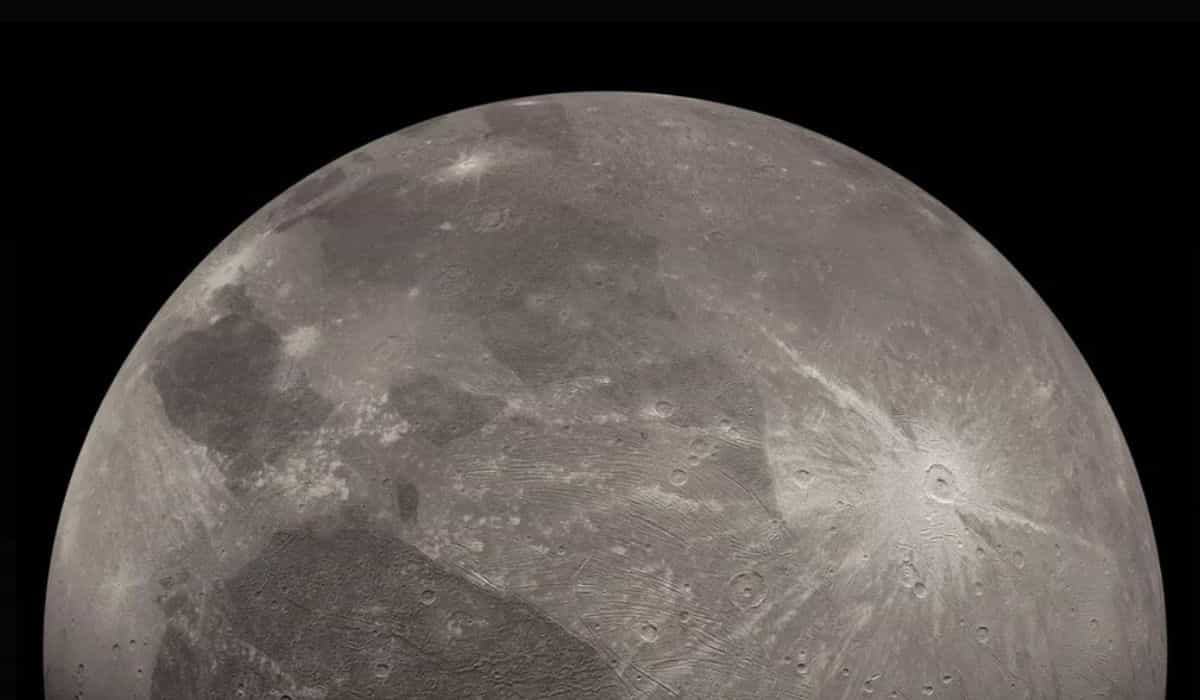
In a new exploration, Juno, a NASA probe, made an important discovery by observing mineral salts and organic compounds on the surface of Jupiter’s largest moon and the largest in our Solar System, Ganymede.
+New Trend: AI Creates Disney Pixar-Style Images
+OpenAI announces new features for the paid version of ChatGPT
This data was collected during a flyby of the probe near the frozen moon and revealed the presence of ammonium salts, hydrated sodium chloride, sodium bicarbonate, and possible aliphatic aldehydes, suggesting that Ganymede may have accumulated these materials during its formation. This discovery provides valuable insights into the moon’s origin and the composition of its deep ocean.
Information gathered by Juno also revealed that areas protected by Jupiter’s magnetic field showed the highest concentrations of salts and organic compounds. This finding contributes to the understanding of the processes that shaped Ganymede over time and the potential oceanic environments on other celestial bodies.
Ganymede is Jupiter’s largest moon and is known for harboring an internal ocean beneath its frozen crust, making it a target of interest for scientists.
For the first time, our #JunoMission has detected mineral salts and organic compounds on the surface of Jupiter’s moon Ganymede. The finding suggests an underground ocean brine is reaching the crust of the icy world: https://t.co/lJlZ53iGyg pic.twitter.com/xs8F5SPZmq
— NASA (@NASA) October 31, 2023

